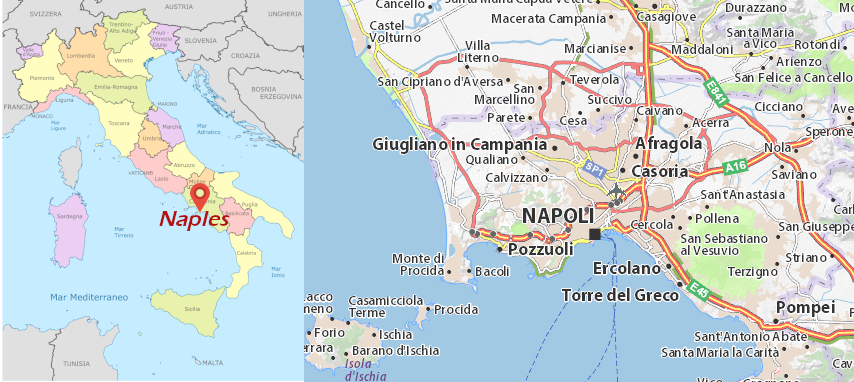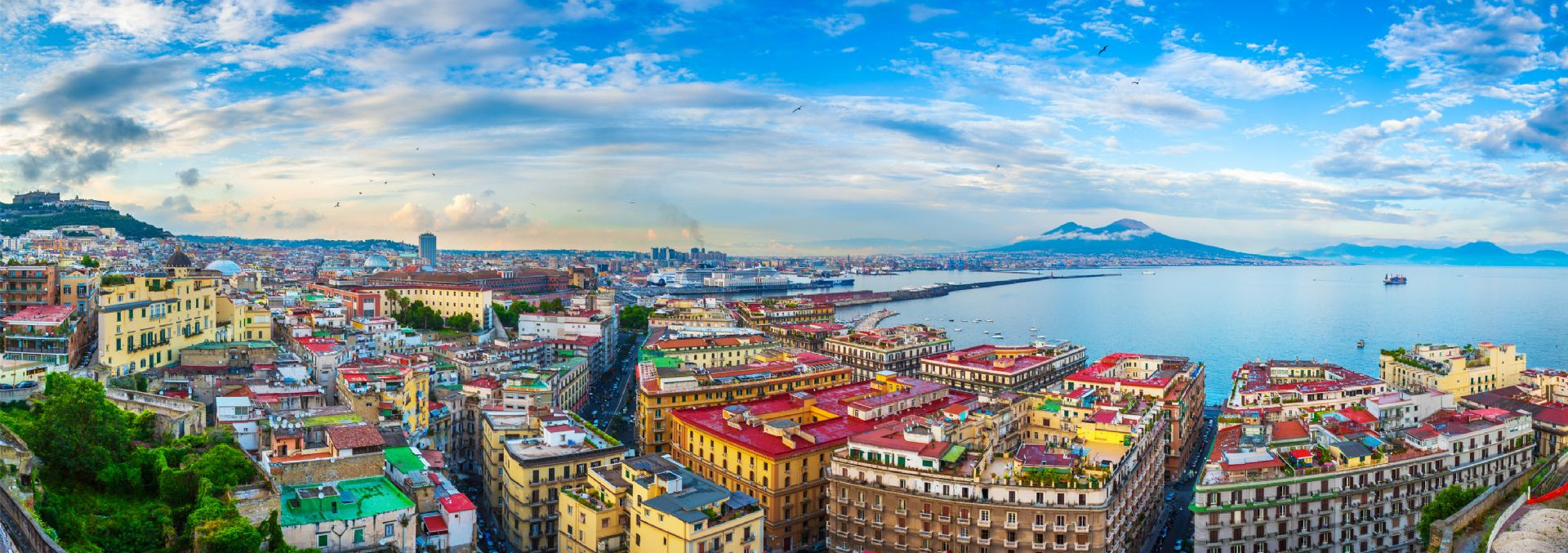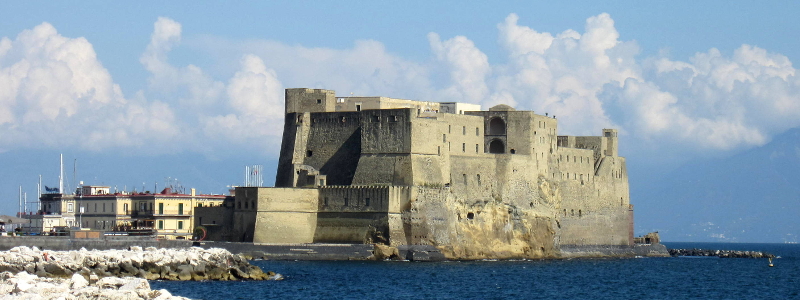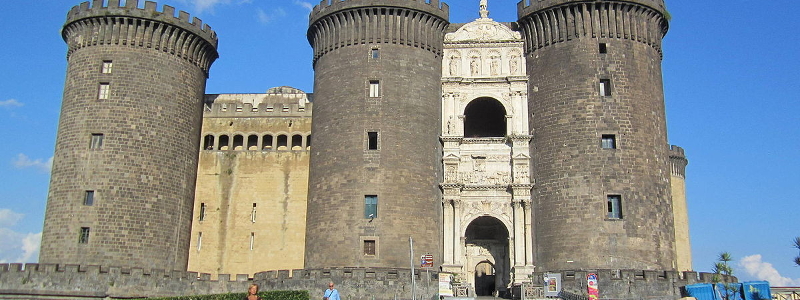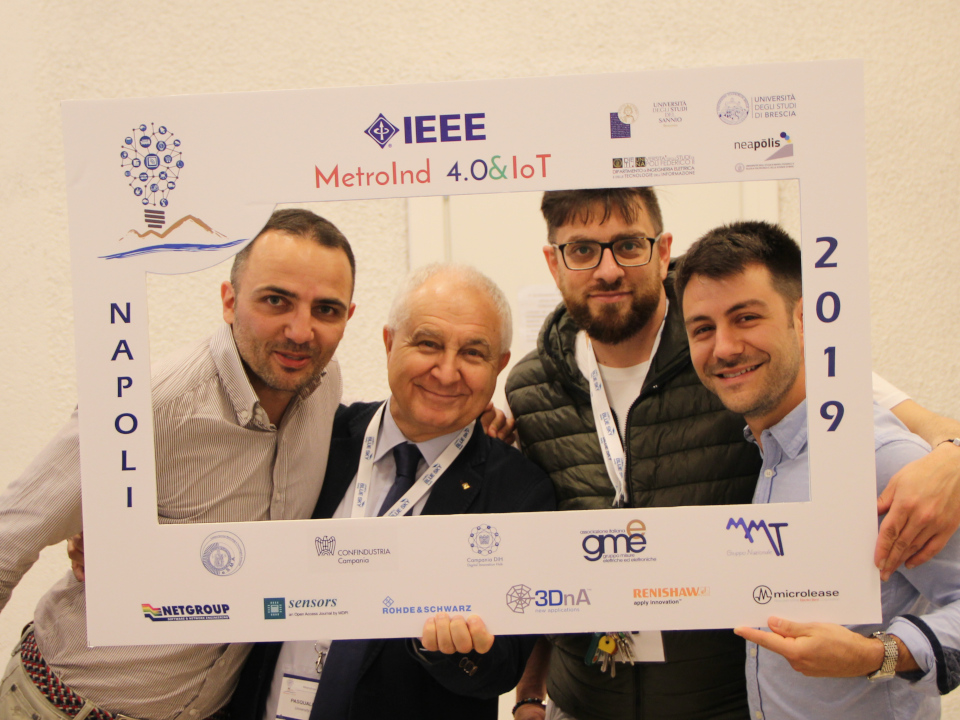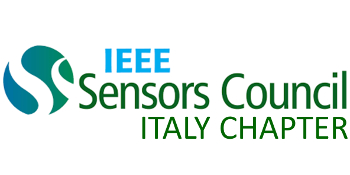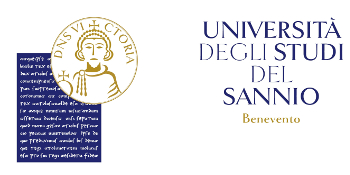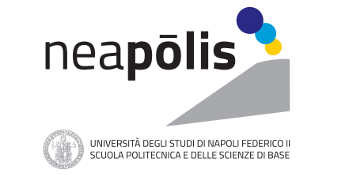Naples is a vast city located on the western coast of Italy facing the Tyrrhenian Sea. This colossal metropolis is the third largest city in Italy behind Rome and Milan with a population of 975,000 and a greater metropolitan population of over 3.1 million. Naples and the surrounding region has been inhabited since the Neolithic period and it has seen some form of continuous human activity through ancient Greek times to the Roman Empire and further.
Throughout history Naples has been the sight of fierce battles and many civilisations have vied to gain power here. Naples port is one of the most important in the Mediterranean and the city has one of the largest economies in Italy. Due to the extensive history of this region, Naples is full of historical buildings, squares and churches plus a host of modern amenities and fantastic nightlife opportunities. Looming in the shadow of the legendary Mt. Vesuvius, this is a truly epic tourist destination.
PHOTOGALLERY
BRIEF HISTORY OF NAPLES
Parthenope was founded in the VII century BC by the inhabitants of Cuma, a polis of Magna Graecia, to serve as a harbor. The foundation site includes the islet where now is Castel dell’Ovo, and the new town was named after the mythic siren. Between VI and V century BC, after a period of decline following the wars with Etruscans, a new polis, Neapolis, was funded. In Imperial times, Naples and its surroundings increased their fame as an area of great attractiveness, beautiful villas, thermae and theatres where Roman aristocracy were engaged in their “otia”. After the fall of the Roman Empire, Naples, like the rest of Italy, had to suffer subsequent invasions, until it surrenders to Normans in XI century. In 1220 a new conqueror arrives, Frederick II, King of Sicily and Germany, and here he founded, in 1224, the first state University, dedicated to the training of secular administrators, today named after him, as “University of Napoli Federico II”. The Swabians were followed by the dynasties Anjou and Aragonese. During XVII century, Naples was governed by Spanish functionaries, and in XVIII century by the Bourbons, with the brief parentheses of the Parthenopean Republic (1799) and the Napoleonic period. In 1860, the Kingdom of the Two Sicilies was annexed to the Kingdom of Sardinia (Piedmont – Sardinia), and Vittorio Emanuele II of Savoy was proclaimed king of the new state, Kingdom of Italy, in 1861. It is now recognized that the period before Italian unification was characterized by social, scientific and technological achievements.
